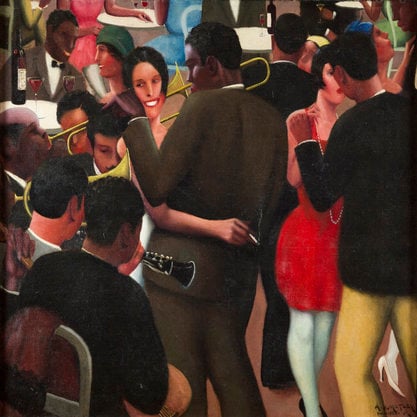Article
Leitmotif By Boes, Tobias
Article
A leitmotif (from the German Leitmotiv: ‘guiding motif’) in its original sense is a musical theme that appears multiple times over the course of a dramatic composition and thereby gives a person, object, place or concept both a symbolic form and coherence over time. It is primarily associated with the mature works of Richard Wagner, who disliked the term, however. A leitmotif differs from earlier examples of recurring musical themes by virtue of the fact that it can change over time and develop additional significance through its relationship to other musical themes. Thus, the ascending ‘nature motif’ that opens Wagner’s operatic cycle Der Ring des Nibelungen (The Ring of the Nibelung) finds a descending counterpart in the later ‘contract motif’. Taken together, the two themes thus spell out a fundamental contrast between the natural and the social world that runs throughout the cycle. Because of the huge influence of Wagner’s art on all aspects of Modernism, leitmotifs can be found not only in musical compositions, but also in literature, particularly in the novels of Thomas Mann and James Joyce.


